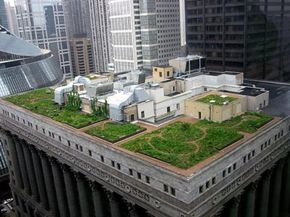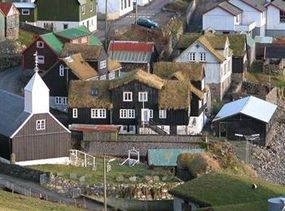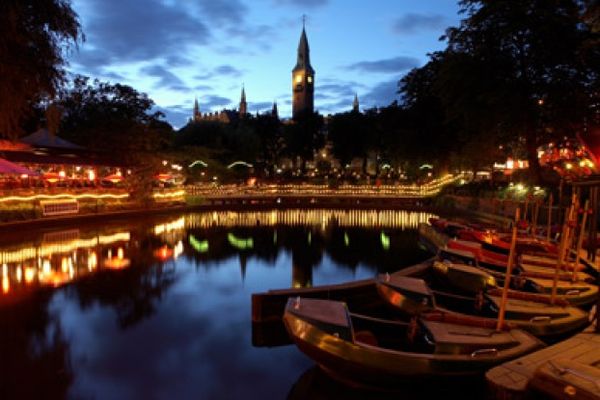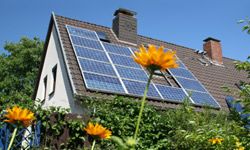The initial expense to install green roofs often turns away prospective clients. Because green roof components require a professional green roof design team, careful structural analysis, and multiple layers and systems, even extensive green roofs usually start at $8 per square foot (0.1 square meter), significantly more expensive than the $1.25 per square foot for built-up roofs (BURs) [Source: EPA].
But benefits and incentives, like those laid down by the City of Chicago, are prompting new green rooftop projects. And, as the American green-roof industry grows, prices will drop.
In the meantime, long-term economic benefits already outweigh the start-up costs. Because green roof technology protects the roof membrane from harsh weather and ultraviolet (UV) radiation, green roofs can last twice as long traditional roofs.
Green roofs also have a fairly stable surface temperature, remaining at air temperature or cooler while traditional rooftops can soar up to 90º F (32º C) above air temperature [Source: EPA]. This translates to reduced heating and cooling costs since there's not as much of a need to blast the air conditioning during summer months.
The extra growing medium and vegetation insulates the building from intense temperatures and minimizes heat gain. According to a Canadian study, even a 6-inch (15-centimeter) extensive green roof can reduce summer energy demands by 75 percent [Source: Professional Roofing].



